Chicago’s Black Oak Ensemble digs deep into the overlooked world of the string trio – and finds a wealth of stories, soundscapes and surprises.
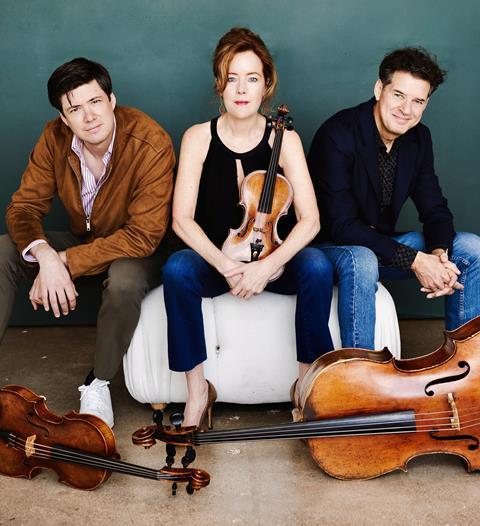
Discover more Featured Stories like this in The Strad Playing Hub
Sometimes inspiration strikes in the unlikeliest places. For the Black Oak Ensemble, it arrived mid-World Cup in the form of a Google search gone awry. While checking football scores, a stray query led them to composer Shirley J. Thompson OBE’s Concerto for Football and Orchestra – and, more serendipitously, to an overlooked trove of British string trios, nearly all written by women.
That twist of fate would become Dance of the Night Sky, the latest album by Black Oak Ensemble (on Cedille Records). The Chicago-based string trio – violinist Desirée Ruhstrat, violist Aurélien Fort Pederzoli and cellist David Cunliffe – takes its name from an eponymous tree that stands in the front yard of two of its members. Because this is a tree native to their home state of Illinois, the name reflects their connection to the land and the natural beauty of their surroundings.
Long-time champions of underperformed repertoire, Black Oak garnered praise for their previous two albums – Silenced Voices (spotlighting composers persecuted by the Nazis) and Avant l’orage (featuring French works from the interwar years). Their new project continues this mission with a programme of music by eight British women composers –ranging from the internationally acclaimed Judith Weir to rising voices such as Grace-Evangeline Mason and Carol J. Jones. The ensemble commissioned Thompson to write the album’s title work, a vibrant showcase for their tight-knit musical chemistry and flair for characterful storytelling.
From medieval alchemy to Zimbabwean trains, the pieces on Dance of the Night Sky ignite the imagination, reframing the trio as a theatrical, evocative medium. The Strad’s US correspondent Thomas May interviewed the Black Oak Ensemble about how this unusual journey unfolded, their signature storytelling and the power of unexpected discovery.
A football score search during the World Cup is an unusual way to find a repertoire idea. When you chanced upon Shirley J. Thompson’s Concerto for Football and Orchestra, did it immediately feel like a door opening into a hidden world of British string trios?
Desirée Ruhstrat: We were trying to figure out our next project and, within the group – David being English and Aurélien being French – there is a lot of bantering and certainly friendly football competition. While driving to the Bienen School of Music, we joked: ’We just finished our French album, how about an all-British album?’
Of course, British composers aren’t the first that come to mind for string trios – and at the same time, we were checking the England/France football scores and had left words in the Google search… Shirley J. Thompson’s Concerto for Football and Orchestra came up. Then, to our surprise, quite a few string trios appeared, and they all happened to be by women. One of the first we didn’t know was by Imogen Holst, which led us to find more than we needed to fill a CD. We made some fantastic musical discoveries.
Can you share any interesting stories about her collaboration with Black Oak to write the title work?
Aurélien Fort Pederzoli: Shirley is a ray of sunshine, and there are so many great anecdotes we could tell. Musically, we felt she really wanted to get to know us before writing the piece. We met in London during one of our European tours, and it seems she truly understood the camaraderie and banter that exist in our group. Dance of the Night Sky is very much moulded for us – our individuality and our bond as a chamber group. She was able to come for the world première at the Cedille Records gala and stayed with us.
Desirée Ruhstrat: It’s rare to not only work with a composer but also become friends. We walked in the Botanic Gardens, shared good food and wine, and even took in a Tom Jones concert at the Ravinia Festival.
String trios are often overshadowed by quartets and piano trios in the chamber repertoire. What are the particular pleasures – and challenges – of programming and performing for this formation?
Desirée Ruhstrat: Performing as a string trio is, for us, one of the hardest forms of string chamber music. Everyone is compensating at any time for a missing violin and is also a soloist in most situations. The intonation may not be as complex as in a string quartet, but there’s nowhere to hide – it’s very exposed. It’s a wonderful challenge to explore the colours and dynamic range we can create individually and as a group: honing our sound, matching bow strokes and vibrato speeds. And it’s amazing how much sound three people can really produce.
Aurélien Fort Pederzoli: Programming-wise, it’s a true joy. Of course, there are the Beethovens and the Mozart Divertimento. The 20th century offers fantastic trios – from Strauss to Schoenberg, Krása to Françaix (not to mention many still waiting to be discovered). Add to that a new generation of composers turning their gaze to the medium and voilà – we have a trove of incredible music.
Desirée Ruhstrat: One of our missions is to expand the repertoire, either by commissioning, as this album represents, or by unearthing music that was never premièred, as with our first two albums Silenced Voices (an exploration of music written by Jewish composers murdered during WWII) and Avant l’orage (a double album of French trios written between the wars).
What’s your theory as to why so many British string trios are by women? Do you think that’s a coincidence, or does it point to a larger gap in how this medium has been curated historically?
Desirée Ruhstrat: There weren’t many British women writing string trios historically, but from the 1950s forward – and especially now – there’s a wonderful representation of female British composers. Educational institutions and concert presenters are highlighting their contributions and paving the way for a more inclusive and diverse future for classical music in general.
From the 1950s forward – and especially now – there’s a wonderful representation of female British composers
Several of the works on Dance of the Night Sky tell vivid stories – from bagpipes as weapons to a Zimbabwean steam train station and the alchemist John Damian. What are some examples of how you translate these narratives into your performance?
Aurélien Fort Pederzoli: This album is particularly fun for us. We get to be so many characters and objects, composition to composition.
Some of these narratives are physical – like the train in Carol J. Jones’s piece, where you literally hear the viola blow the whistle; or the accordion we mimic together in Dobrinka Tabakova’s Insight; or the breakdancing moments for each instrument in Shirley J. Thompson’s Dance. Some are visual – the lone cello bagpiper in Judith Weir’s Bagpiper, the medieval atmosphere and bonkers storytelling in Sally Beamish’s Alchemist, or the chaotic grimoire incantations in Freya Waley-Cohen’s Conjure, where you can see the film as you listen to the music we developed separately. Others are pure feeling: Wallen’s chaos in the middle of Making Hay, or the incredible angst in Grace-Evangeline Mason’s Nietzsche-inspired Into the Abyss.
Some of the composers on this album – like Judith Weir – are internationally known, while others are emerging voices. How did you strike a balance between première recordings and overlooked gems?
David Cunliffe: We always try to stay true to what we enjoy and feel passionate about playing. Striking a balance wasn’t our aim – though we feel we’ve achieved one – but rather to release an album of music that reflected eight different voices from today. Each composer lives in a tonal world and yet speaks a different language, making it a rich and varied listening experience – one that reflects the musical landscape in the UK today.
Looking at this collection of works together – from Freya Waley-Cohen’s magical trio of fates to Grace-Evangeline Mason’s Nietzschean descent – what ties them together beyond geography and gender? What did you learn from inhabiting this musical landscape?
Aurélien Fort Pederzoli: Pure imagination. Each of these pieces transports the listener to a universe that’s completely unique. Each composer paints an original picture using a different colour palette, telling a story never told before.
Desirée Ruhstrat: We learnt a great deal about ourselves and about our technical capabilities – embodying and emulating objects and narratives through our instruments, individually and together as a trio. It was a fantastic opportunity to explore soundscapes we might never have encountered otherwise.
Black Oak Ensemble’s new album Dance of the Night Sky is released on 9 May 2025 on Cedille Records.
Read: Black Oak Ensemble: Silenced Voices
Read: Shirley J. Thompson OBE announced as the UEFA Women’s Euro Tournament composer in residence
Discover more Featured Stories like this in The Strad Playing Hub
The number one source for playing and teaching books, guides, CDs, calendars and back issues of the magazine.
In The Best of Technique you’ll discover the top playing tips of the world’s leading string players and teachers. It’s packed full of exercises for students, plus examples from the standard repertoire to show you how to integrate the technique into your playing.
The Strad’s Masterclass series brings together the finest string players with some of the greatest string works ever written. Always one of our most popular sections, Masterclass has been an invaluable aid to aspiring soloists, chamber musicians and string teachers since the 1990s.
The Canada Council of the Arts’ Musical Instrument Bank is 40 years old in 2025. This year’s calendar celebrates some its treasures, including four instruments by Antonio Stradivari and priceless works by Montagnana, Gagliano, Pressenda and David Tecchler.

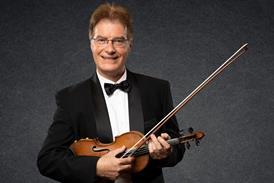

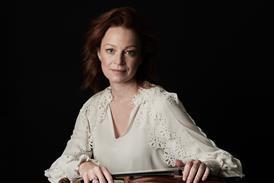
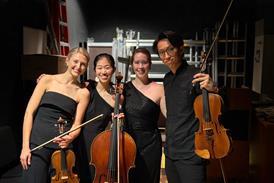
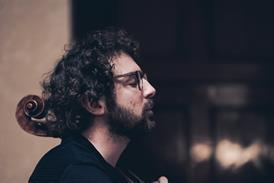
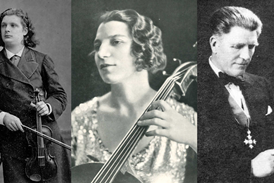


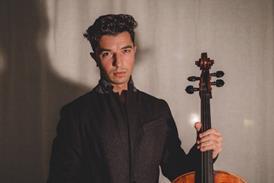
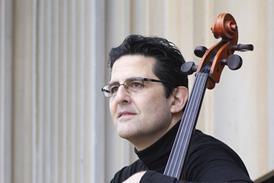
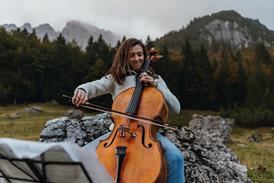

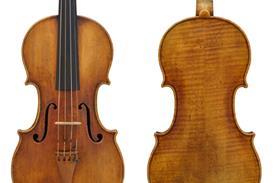

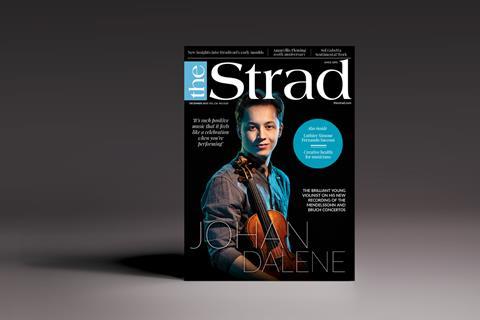
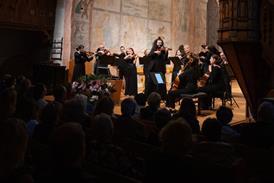

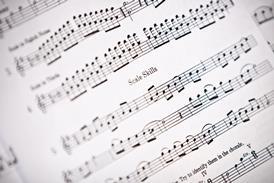
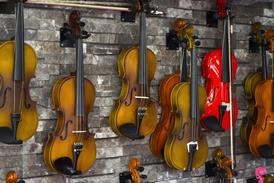

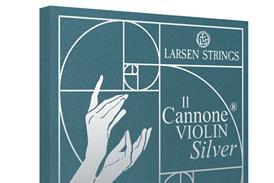

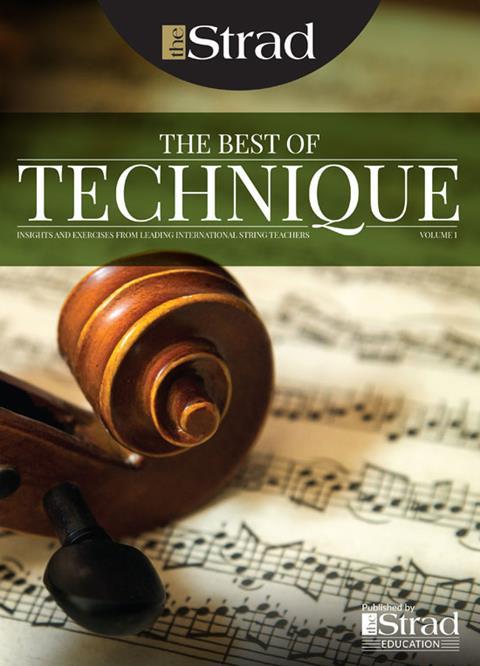
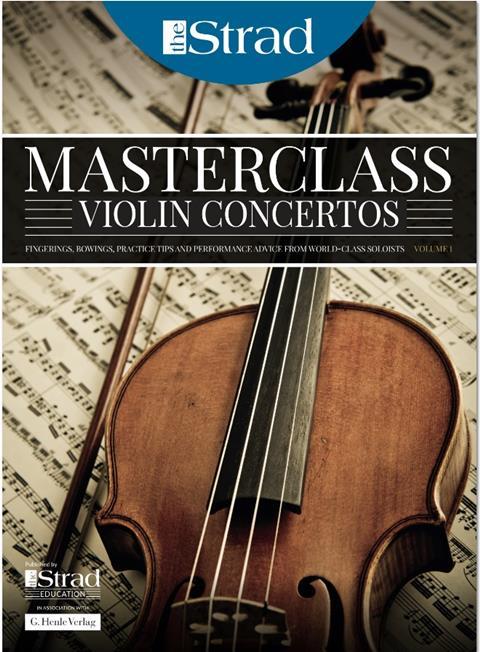
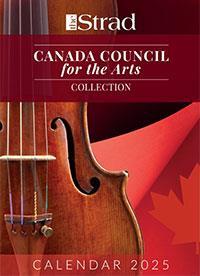
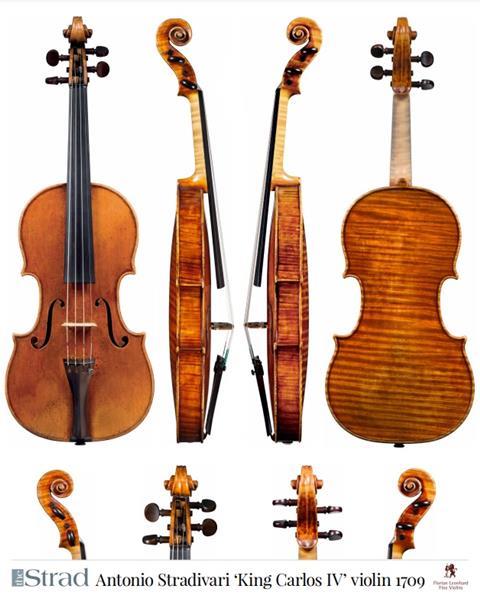
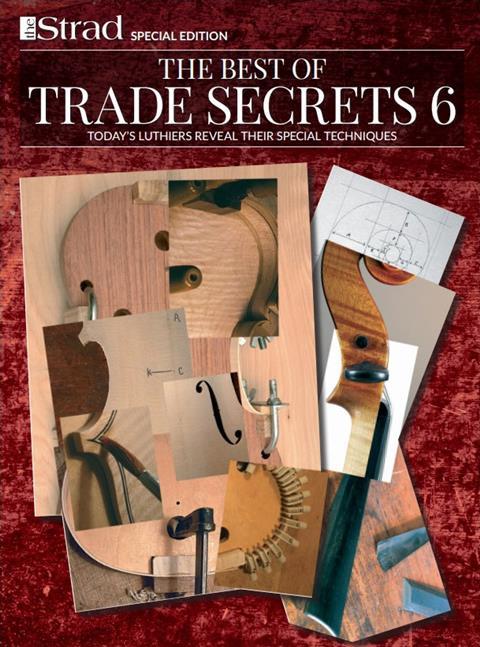
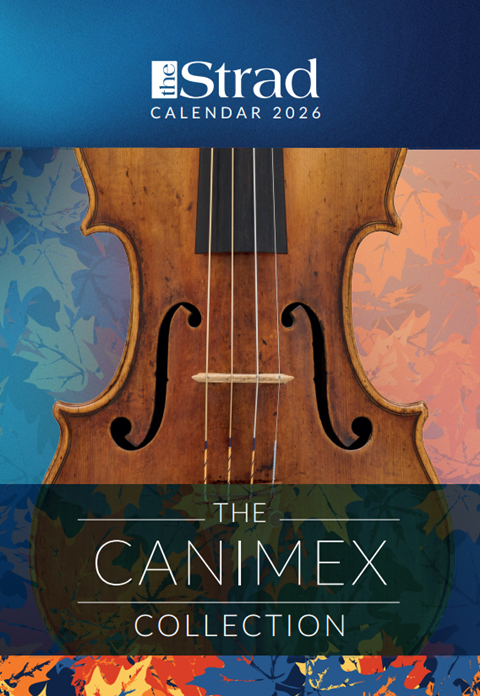
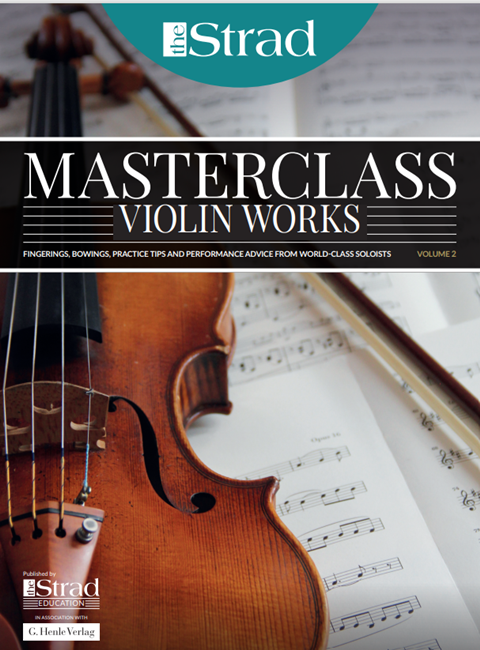
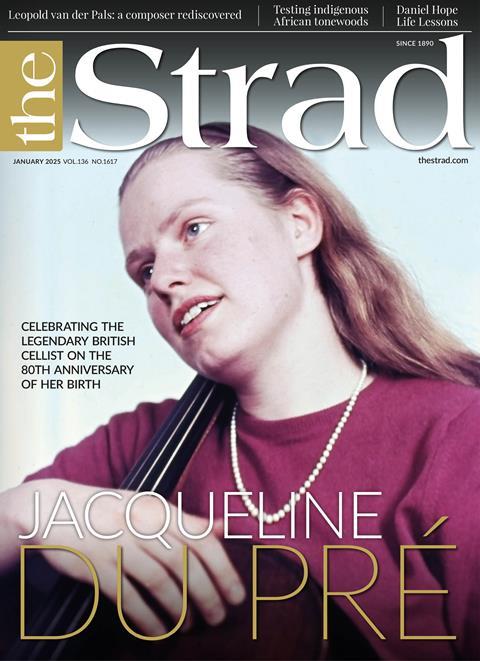

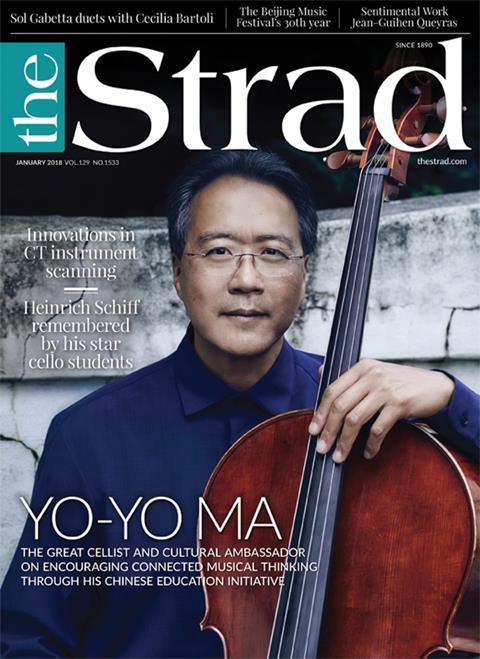












No comments yet